Retro Replay Review
Gameplay
Yoot Tower picks up where its predecessor left off, challenging you to transform a barren plot of land into a thriving vertical metropolis. At the heart of the experience is the delicate dance of zoning: laying out commercial shops, residential condominiums, offices and leisure facilities in a way that both maximizes profit and keeps your tenants happy. From the moment you place your first shop or hotel room, you’ll be constantly weighing rent income against maintenance costs and the ever-present risk of vacancies.
(HEY YOU!! We hope you enjoy! We try not to run ads. So basically, this is a very expensive hobby running this site. Please consider joining us for updates, forums, and more. Network w/ us to make some cash or friends while retro gaming, and you can win some free retro games for posting. Okay, carry on 👍)
One of the game’s standout mechanics is the VIP visitation system. Meet the visitor requirements—tenant count, daily foot traffic or overall tower rating—and you’ll earn a VIP inspection. A satisfied VIP raises your tower’s star rating, unlocking new floors, rooms and decorations; however, a disappointed VIP can stall your expansion indefinitely. This constant push for higher ratings injects a compelling strategic layer, forcing you to balance growth against service quality.
Transport management is another pillar of Yoot Tower’s gameplay. You must carefully design elevator shafts, choosing between Simple, Express and Service cars, and supplement them with escalators or stairs for short hops between floors. A misstep—too few elevators in a busy zone or misplaced escalators—can lead to long wait times, disgruntled tenants and lost revenue. Fine-tuning these systems is gratifying as you witness smooth passenger flows in a well-oiled skyscraper.
Beyond the basics, Yoot Tower encourages experimentation across three exotic locations: the subterranean wonder of Kegon Falls, the sun-drenched beaches of Waikiki and the futuristic arcology of Tokyo. Each locale comes with its own aesthetic and economic quirks, subtly shifting your strategic priorities. Tackling different maps keeps the gameplay fresh, pushing you to refine your approach and discover new ways to optimize your vertical empire.
Graphics
For a game released in 1998, Yoot Tower’s isometric visuals remain charmingly detailed. Every store sign, doorframe and elevator button is rendered with crisp pixel art that holds up surprisingly well today. The diversity of floor tiles and wall patterns ensures that no two floors look identical, helping you visually distinguish between commercial, residential and office zones at a glance.
Animation is limited but effective. Tiny shoppers shuffle along corridors, escalators hum to life, and elevator doors slide open with satisfying punctuality. While you won’t find high-definition textures or dynamic lighting here, the game’s clean lines and clear color coding minimize clutter—an essential feature when you’re stacking dozens of floors in a single tower.
The locales offer subtle graphic flair. Kegon Falls conveys an earthy, cave-like ambiance with dark stone walls and damp cavern décor, while Waikiki bursts with sunny blues and tropical motifs. Tokyo’s futuristic palette feels distinct, with sleek grays and neon accents that evoke a bustling megacity. These thematic touches give each scenario its own personality, adding a dash of narrative flavor to what is primarily a management sim.
Story
Unlike narrative-driven titles, Yoot Tower doesn’t offer a linear plot or character arcs. Instead, it crafts its story through your own imagination and emergent gameplay. The journey from an empty lot to a glittering skyline becomes the story, shaped by your decisions and the personalities of your virtual tenants. Watching an underperforming shop blossom into a high-end boutique—or seeing your VIP inspections elevate you to new heights—creates its own memorable narrative.
Each scenario provides a loose framing device: you’re a developer brought in to build an attraction atop a waterfall, launch a oceanside resort or pioneer vertical living in a futuristic Tokyo. These premises are minimal yet effective, giving you a clear endgame goal—place the ultimate attraction on the roof—while leaving the bulk of the tale unwritten. You fill in the blanks with spreadsheets of revenue, complaint tickets and star-rating celebrations.
The true drama emerges when systems break down—queues back up, tenants rebel and star ratings plunge. In these moments, the game becomes a crisis-management story, compelling you to rush new elevators or shuffle rooms around mid-game. Those high-stakes instances of last-minute problem-solving are where Yoot Tower’s story shines brightest, transforming dry statistics into personal triumphs or near-disasters.
Overall Experience
Yoot Tower delivers a deeply satisfying simulation that rewards careful planning and creative problem-solving. Its interface strikes a balance between accessibility and depth: newcomers can dive in by placing a few stores and elevators, while veterans will pore over foot traffic heat maps and revenue per square foot. The learning curve is steady, and each new building permit or VIP visit offers a tangible sense of progress.
Replayability is a core strength. With multiple locales, myriad room types and countless transport configurations, you’ll find yourself revisiting earlier scenarios just to see how efficiently you can squeeze an extra floor’s worth of tenants. The incremental unlocks—everything from ninja training rooms to wedding chapels—keep goals fresh and encourage experimenting with novel tower layouts.
Sound design plays a supportive role, with gentle chimes for completed construction and ambient mall sounds that never become intrusive. Menus and tooltips are straightforward, though the lack of a modern tutorial can feel intimidating at first. Fortunately, the in-game manual lays out all mechanics clearly, and within an hour you’ll be confidently shuffling escalators or adding service elevators to eliminate bottlenecks.
Ultimately, Yoot Tower stands out as a classic of the building-sim genre. It captures the pure joy of vertical creativity while offering enough strategic complexity to keep you invested for hours on end. Whether you’re a seasoned tower-builder or simply curious about management sims, this sequel is worth exploring for its enduring gameplay, nostalgic charm and the unique thrill of watching your own concrete-and-steel dreamscape grow skyward.
 Retro Replay Retro Replay gaming reviews, news, emulation, geek stuff and more!
Retro Replay Retro Replay gaming reviews, news, emulation, geek stuff and more!
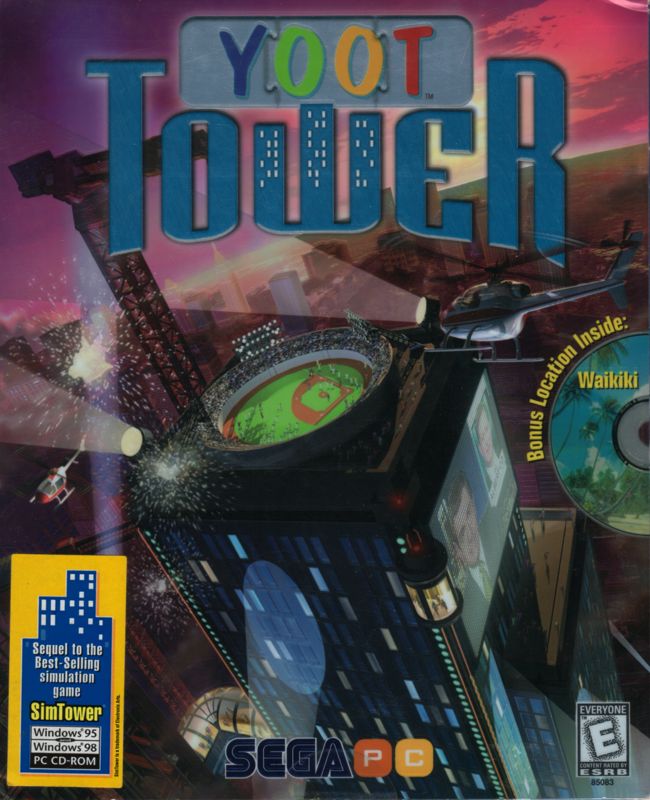
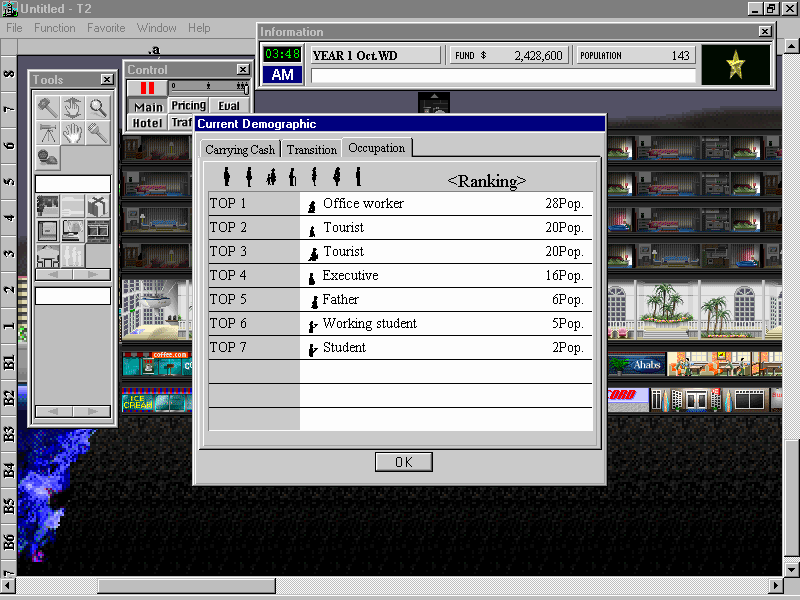
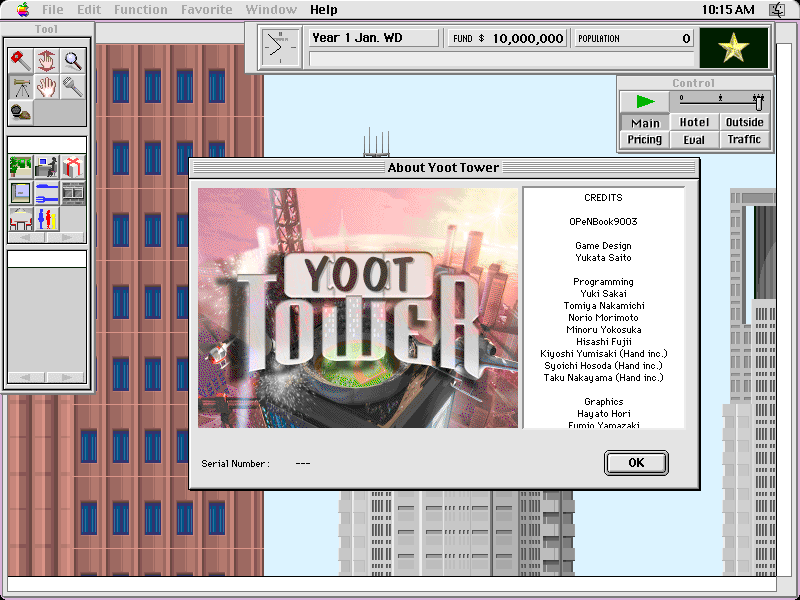
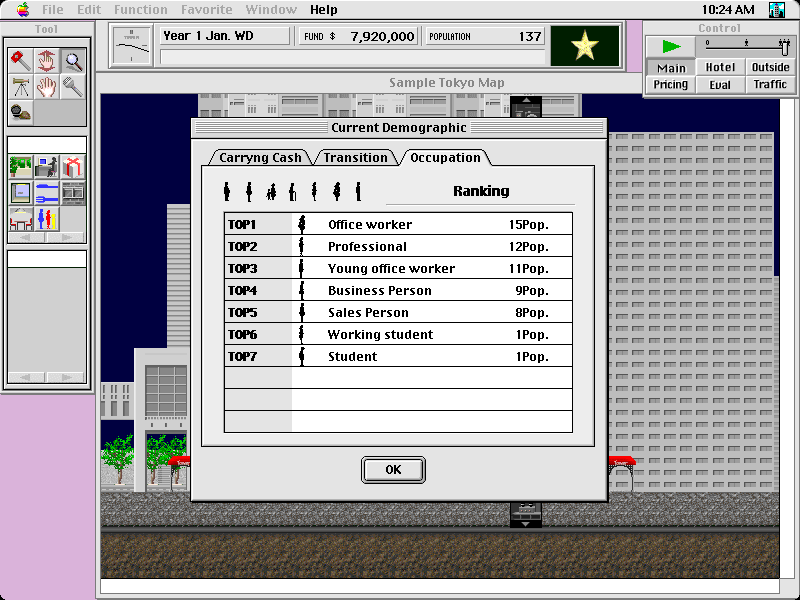
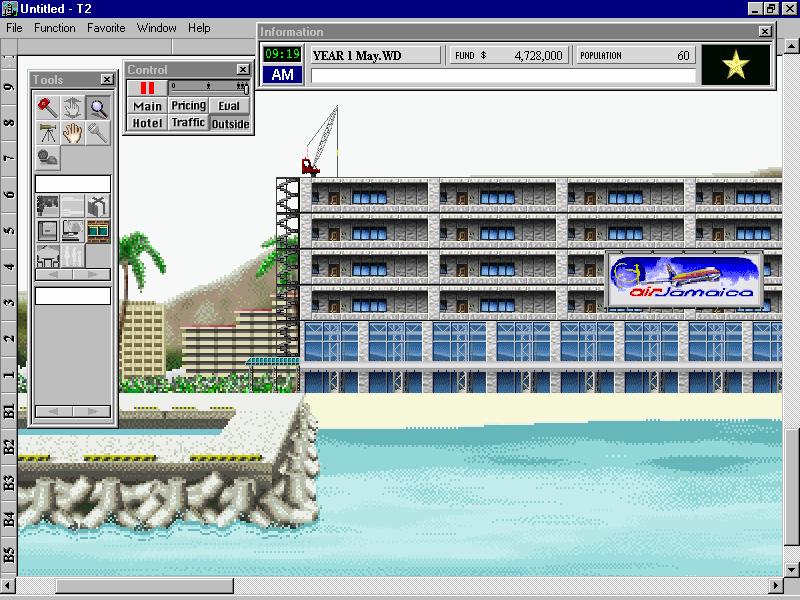
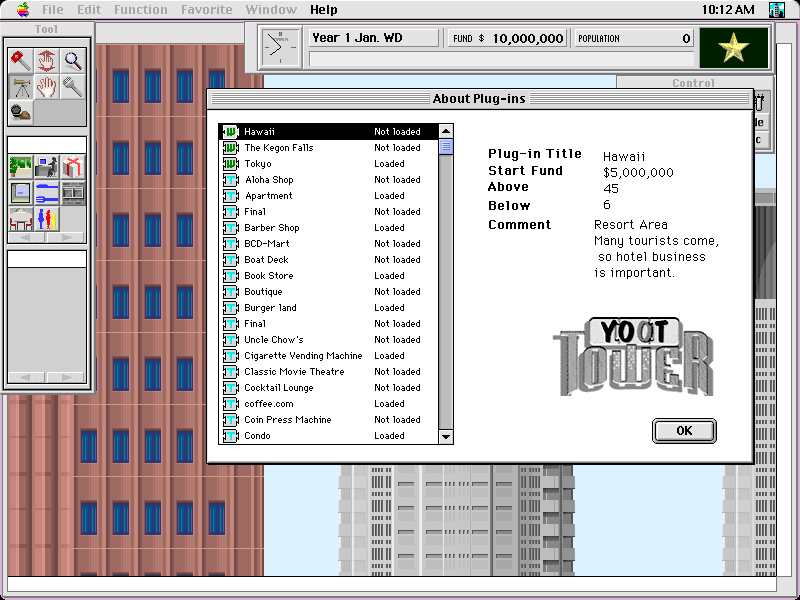



Reviews
There are no reviews yet.